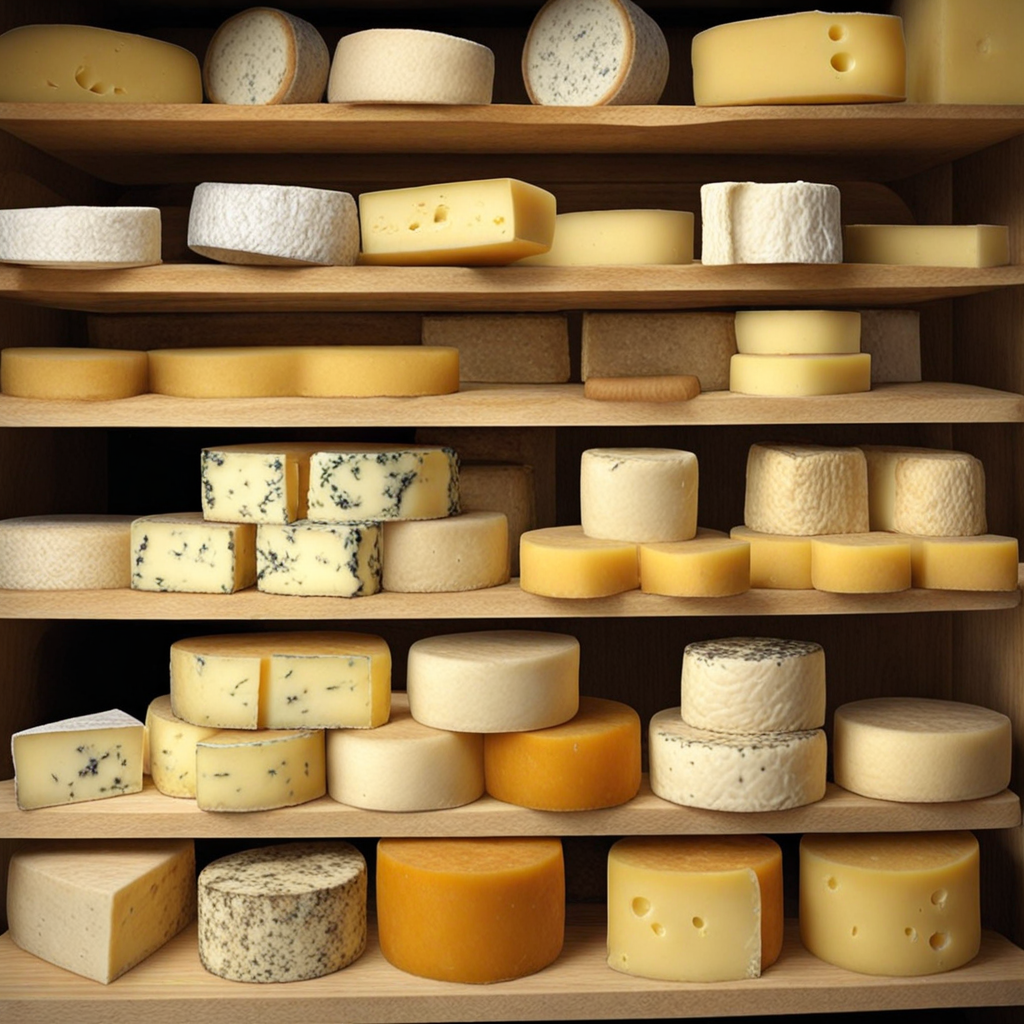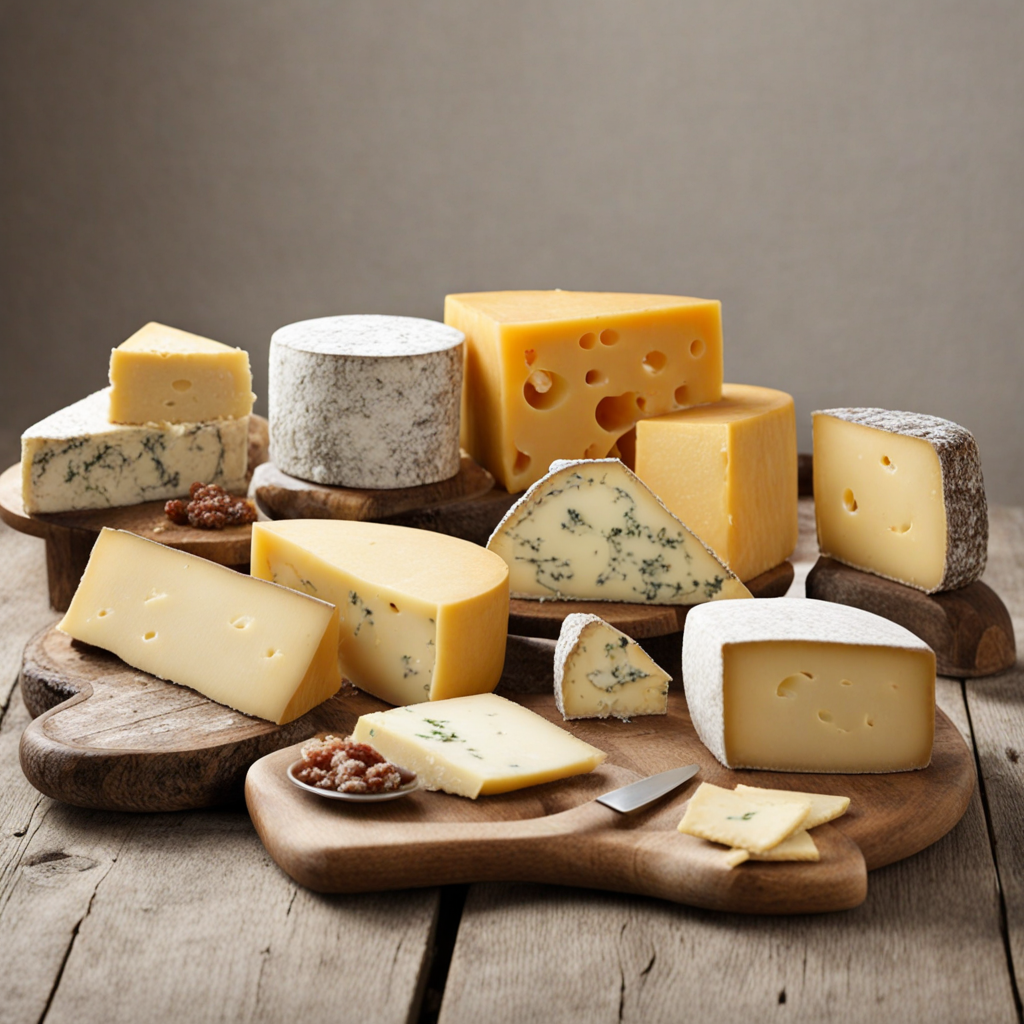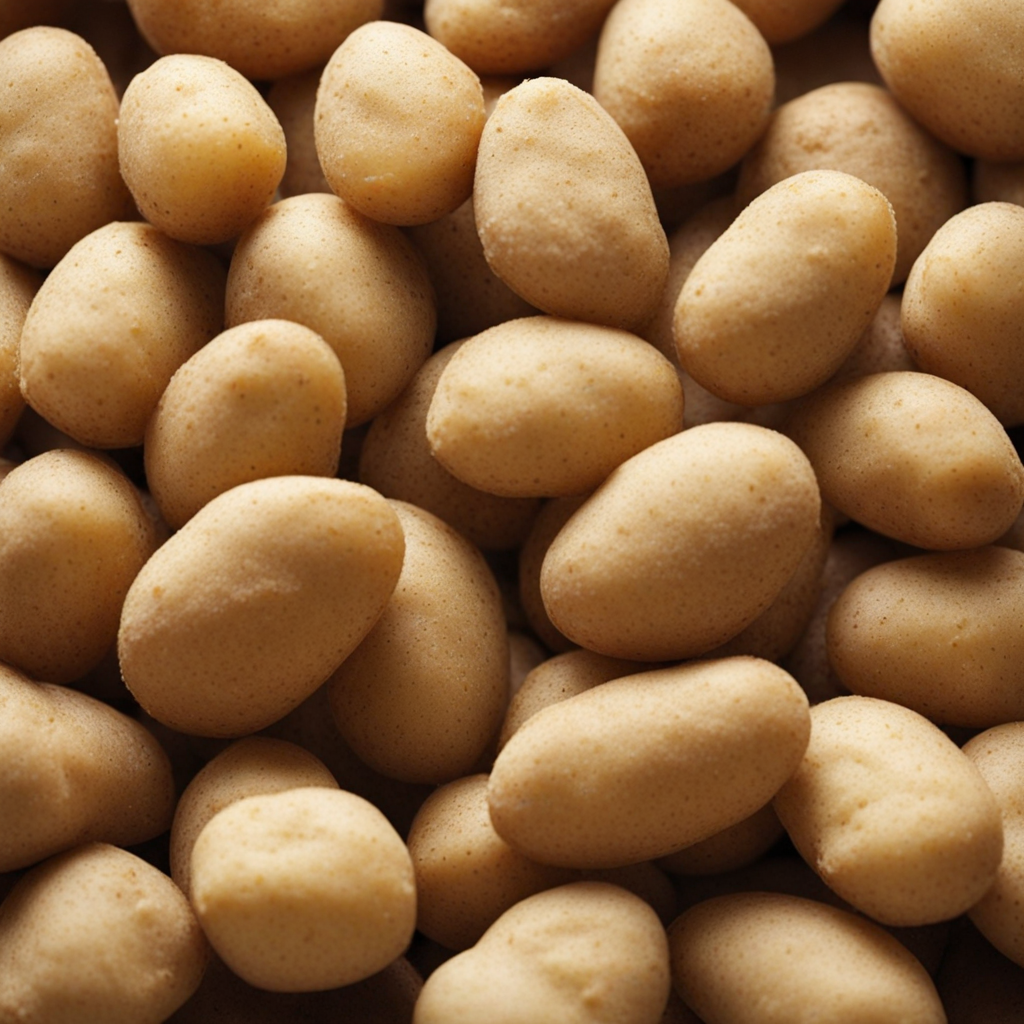Swedish Cheese
Swedish cheese offers a delightful exploration of flavors and textures, showcasing the country’s rich dairy heritage. Renowned for its distinctive characteristics, Swedish cheese often features a balance of creamy and tangy profiles, influenced by the unique climate and high-quality ingredients sourced from the lush pastures. Varieties such as Västerbotten, a hard cheese with nutty and slightly sweet notes, and Herrgårdsost, a semi-soft cheese with a mild, buttery flavor, are just a glimpse into the diversity of this dairy treasure. One of the most iconic cheeses is Prästost, which translates to "priest cheese." This semi-hard cheese is known for its aromatic qualities and complex taste, often described as slightly spicy with sweet undertones. The traditional methods of production, including the use of raw milk and aging processes, contribute to the depth of flavor that can be experienced in every bite. Additionally, the texture varies from crumbly to creamy, making it versatile for various culinary applications, whether enjoyed on a charcuterie board or melted in a warm dish. Swedish cheese is often paired with local accompaniments, such as crispbread, lingonberry jam, and pickled herring, adding layers of taste that enhance the overall experience. The cheeses are not only enjoyed in their native country but have also gained international recognition, making them a must-try for cheese enthusiasts looking to broaden their palate. The unique flavors of Swedish cheese reflect the country’s commitment to quality and tradition, inviting food lovers to savor a slice of Sweden in every taste.
How It Became This Dish
Svensk Ost: A Tasty Journey Through Swedish Cheese History The story of Svensk ost, or Swedish cheese, is a rich tapestry woven from the threads of geography, culture, and tradition. This fascinating journey not only explores the origins and varieties of Swedish cheese but also its cultural significance and evolution through the ages. As we delve into the history of Svensk ost, we will uncover the unique characteristics that distinguish it and the ways it has become a beloved staple for Swedes and cheese enthusiasts around the globe. #### Origins of Svensk Ost The roots of Svensk ost can be traced back to the early agricultural practices of the Scandinavian people, particularly during the Viking Age (793-1066). As Norse farmers settled in the region, they began to domesticate cattle, goats, and sheep. Milk from these animals was one of the primary sources of nourishment, leading to the development of dairy products, including cheese. The earliest cheeses were likely simple and unrefined, made using traditional methods passed down through generations. The harsh Nordic climate necessitated the preservation of food, and cheese became an essential means of storing excess milk. The Vikings, known for their seafaring exploits, transported these dairy products with them, introducing early forms of cheese to other cultures and regions. #### Cultural Significance Cheese production in Sweden is not merely a culinary endeavor; it is deeply intertwined with Swedish culture and identity. The importance of Svensk ost is evident in various aspects of Swedish life, from traditional festivals to everyday meals. Cheese is often featured in the famous Swedish smörgåsbord, a buffet-style meal that showcases a variety of dishes, including herring, cured meats, and, of course, different types of cheese. One of the most iconic cheese varieties, Västerbotten, has become a symbol of Swedish gastronomy. Originating from the Västerbotten County in northern Sweden, it is often referred to as the "king of cheeses." With its distinct sharp flavor and crumbly texture, Västerbotten cheese has earned a place in Swedish culinary traditions, often served at festive occasions, such as Midsummer celebrations and weddings. In Sweden, cheese is also associated with the concept of "fika," a social tradition of taking a break to enjoy coffee and pastries, often accompanied by cheese and bread. This practice not only highlights the importance of cheese in Swedish society but also emphasizes the communal aspect of enjoying food together. #### Development Over Time The cheesemaking process in Sweden has evolved significantly over the centuries. The 19th century marked a turning point in Swedish cheese production, as the industrial revolution brought new technologies and techniques. The establishment of dairies and cheese factories allowed for larger-scale production, leading to increased availability and variety in Swedish cheeses. During this time, the Swedish government recognized the economic potential of the dairy industry and began promoting cheese production as a means of boosting rural economies. This led to the establishment of agricultural cooperatives, where local farmers could pool their resources and expertise, ensuring higher quality standards and better distribution of their products. By the 20th century, Svensk ost had begun to gain international recognition. Swedish cheeses were showcased at various exhibitions, helping to introduce a wider audience to the unique flavors and textures of these dairy products. In 1936, Sweden even hosted the first International Cheese Festival, further solidifying the country's reputation as a cheese-producing nation. #### Varieties of Svensk Ost Today, the landscape of Svensk ost is marked by a diverse array of cheese varieties, each with its unique characteristics, flavors, and production methods. Some of the most well-known types include: 1. Västerbotten: As mentioned earlier, this cheese is aged for at least 14 months, resulting in a rich, nutty flavor and a crumbly texture. It is typically used in traditional dishes like Västerbottenpaj, a savory pie often served at celebrations. 2. Herrgårdsost: A semi-hard cheese with a smooth texture and mild flavor, Herrgårdsost is often enjoyed with bread or crackers. Its name translates to "manor cheese," reflecting its historical association with Swedish estates. 3. Prästost: Translated as "priest cheese," this semi-hard cheese has a slightly spicy and tangy profile. Its origins date back to the medieval period when it was traditionally made by priests on farms. 4. Svecia: Known for its firm texture and mild flavor, Svecia cheese is often used for cooking and can be found in various dishes throughout Sweden. Its versatility makes it a staple in many households. 5. Brevibloc: This soft cheese is often used for spreading and is characterized by its creamy consistency. It is commonly enjoyed on bread or in sandwiches, reflecting Sweden's love for simple yet delicious meals. #### Modern Trends and Sustainability In recent years, there has been a growing emphasis on sustainable practices within the Swedish cheese industry. As consumers become more environmentally conscious, many cheesemakers are adopting organic and sustainable methods of production. This includes using milk from grass-fed cows, minimizing packaging waste, and supporting local farmers. The rise of artisanal cheesemakers has also contributed to the revival of traditional techniques, with many small-scale producers focusing on high-quality, handcrafted cheeses. This trend not only promotes biodiversity and regional flavors but also allows consumers to connect with the stories behind their food. #### Conclusion Svensk ost is a reflection of Sweden's rich agricultural heritage and cultural identity. From its humble beginnings as a means of food preservation to its status as a celebrated culinary delight, Swedish cheese has evolved into a symbol of tradition and innovation. As Sweden continues to embrace sustainability and artisanal craftsmanship, the future of Svensk ost looks bright. It remains an integral part of Swedish life, uniting people through the shared enjoyment of good food and fostering a deeper appreciation for the country's culinary heritage. Whether enjoyed in a traditional smörgåsbord, at a fika, or simply on a cheese board, Svensk ost holds a special place in the hearts and palates of Swedes and cheese lovers worldwide.
You may like
Discover local flavors from Sweden







